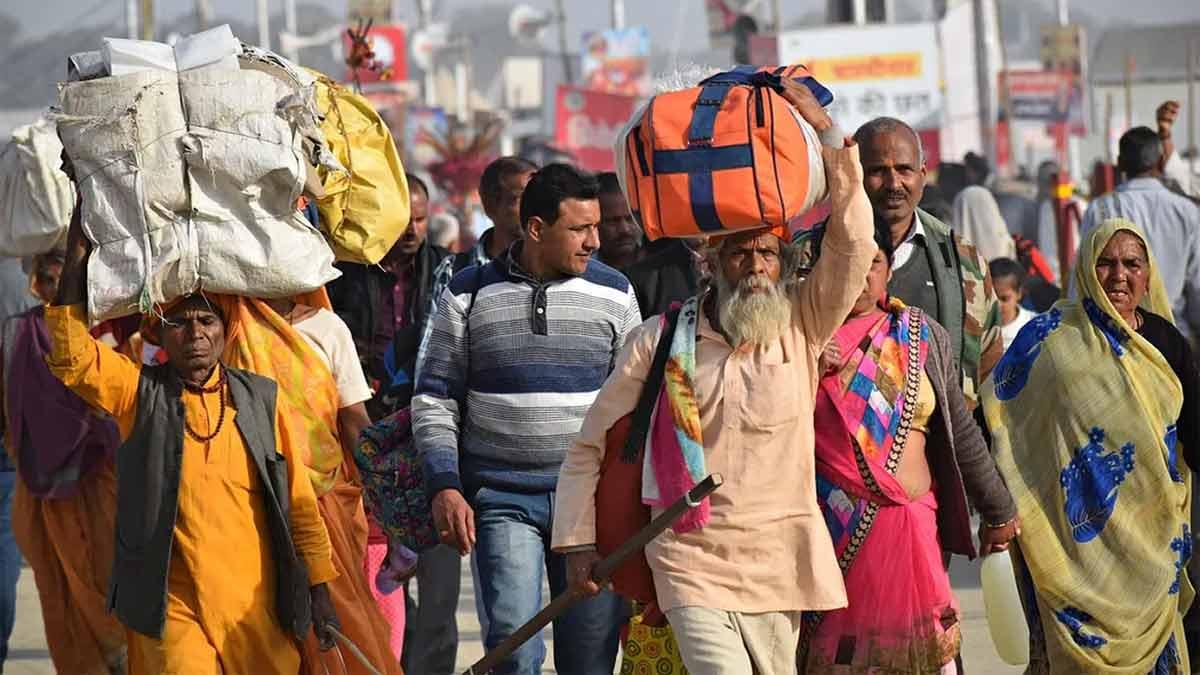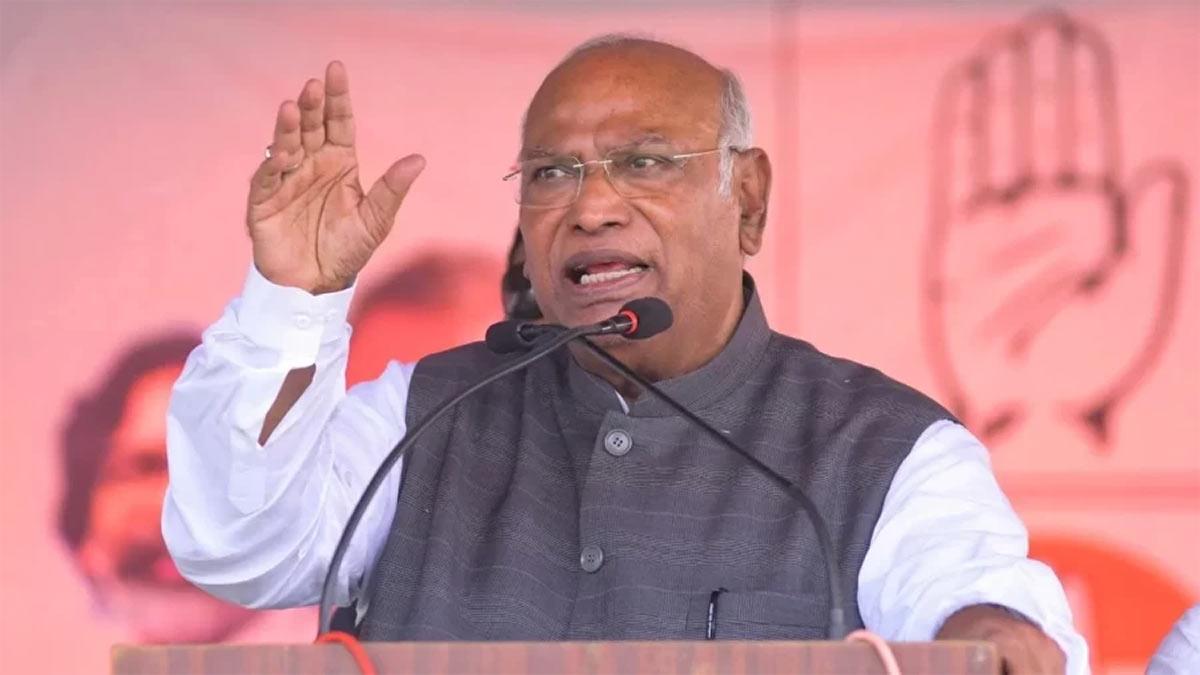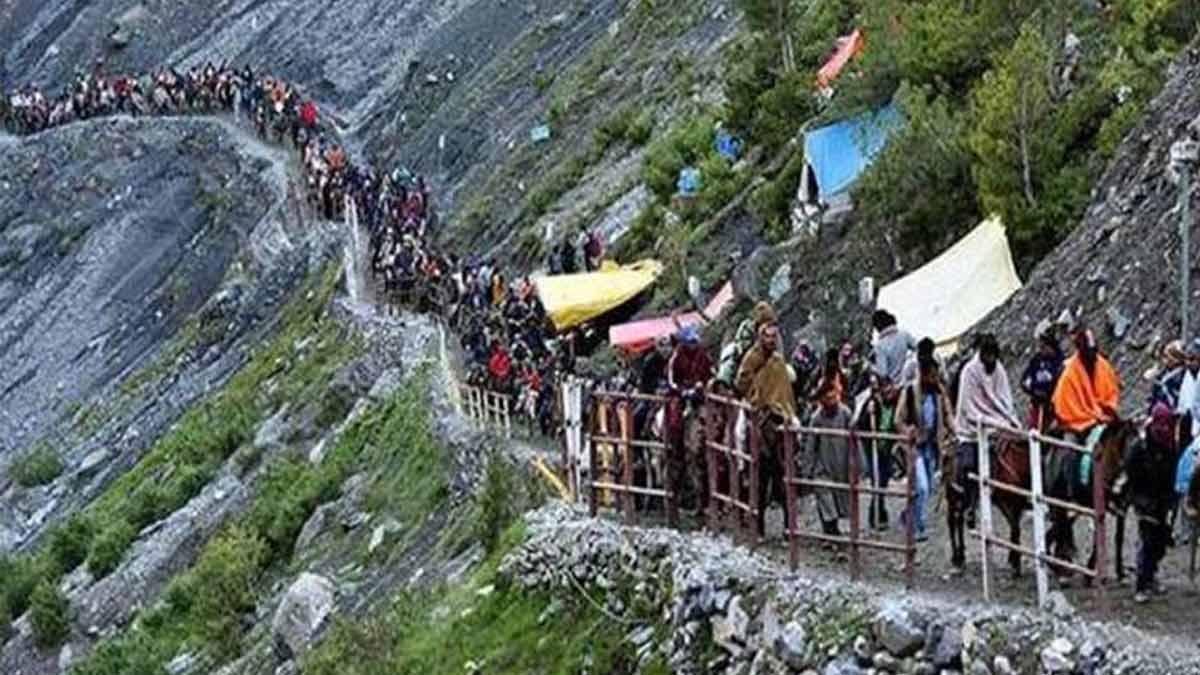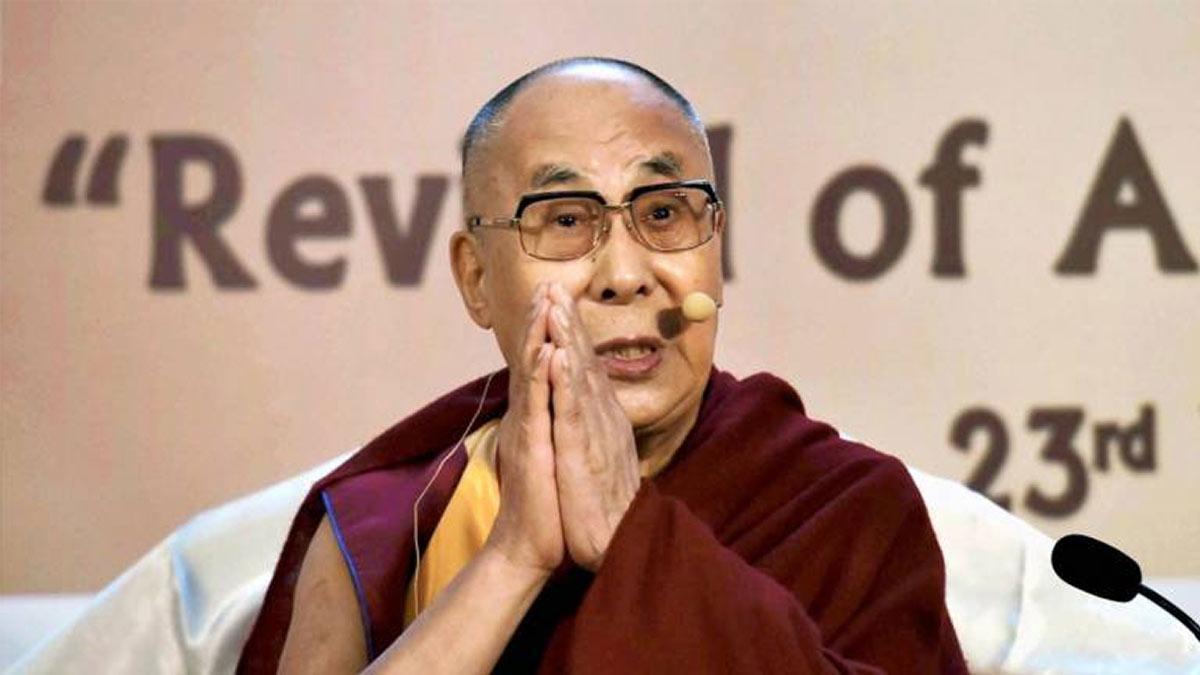India will conduct its 16th national Census in 2027, marking a significant milestone because the country is moving to a completely digital process for the first time ever in its census history.
The Ministry of Home Affairs (MHA), in the office of the Registrar General and Census Commissioner, verified the development in a statement posted on X.
The government made its intention official through a June 16, 2025, Gazette notification, directing all states and Union Territories to reissue the directive through their respective gazettes and to designate nodal officers to look after planning and implementation.
For the 2027 Census, mobile applications will be used that can be run on both Android and iOS operating systems. The apps will be in English, Hindi, and several regional languages so that the enumerators and supervisors can use their own personal smartphones to directly enter the data and send it to a centralized server. This goes to make the process faster, more error-free, and quicker in processing the data.
The Census exercise will be conducted in two phases. The Housing Listing and Housing Census (HLO) will be conducted first in April 2026. The Population Enumeration (PE) will be conducted in early 2027. For most of the nation, the reference date has been fixed at midnight on March 1, 2027. Snow-ridden and far-flung areas like Ladakh, Jammu and Kashmir, Himachal Pradesh, and Uttarakhand have been scheduled to use the reference date of October 1, 2026.
To ensure consistency during the data collection period, administrative boundaries throughout the nation will be frozen between January 1, 2026, and March 31, 2027. This action is meant to abolish inconsistencies brought about by changes in jurisdiction during the census.
In a significant addition, Census 2027 will include caste enumeration — the first census data collection on caste since 1931. This will provide a better insight into India's social structure and diversity.
As a part of the government's push for digitalization, people will also be permitted to self-enumerate through a dedicated web portal, available during both rounds of the Census. Self-service is intended to enhance accessibility, transparency, and participation.
In order to achieve effective deployment, a strong three-tier training system has been put in place, consisting of National Trainers, Master Trainers, and Field Trainers. As many as 34 lakh field staffs, including supervisors and enumerators, will be trained under the system.
An extensive public awareness campaign will run along with the roll-out of the census, with the aim of motivating countrywide participation, facilitating outreach in inaccessible areas, and providing timely release of correct information.
With India's population now exceeding 1.46 billion, the next digital census will be a pivotal tool in driving public policy, enhancing the targeting of welfare programs, and influencing electoral constituencies in the future.
Read also| Amarnath Yatra Sees Smooth Progress with Over 90,000 Devotees in Five Days
Read also| China Objects to PM Modi’s Birthday Wishes to Dalai Lama, Urges India to ‘Act Prudently’


















